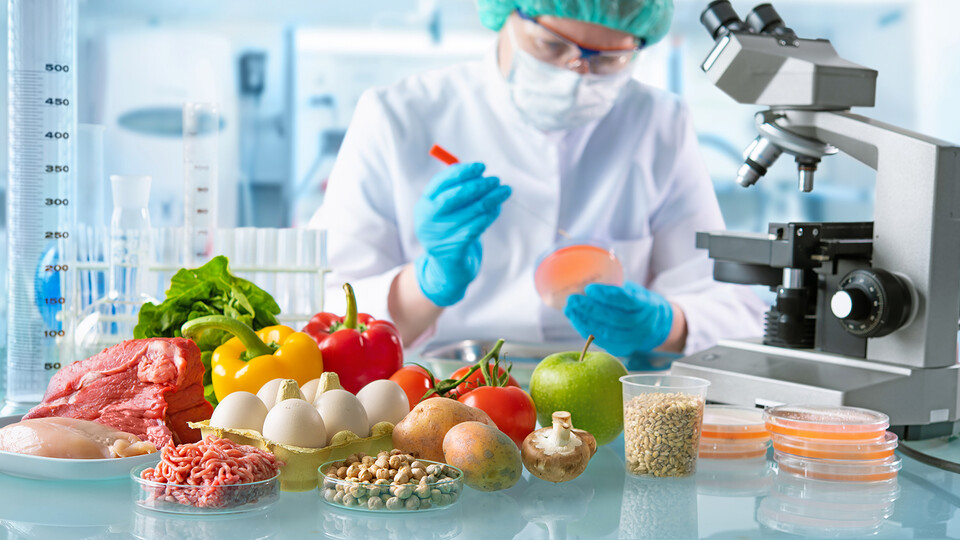Food Science and Technology,

Department of Food Science and Technology: Faculty Publications
Document Type
Article
Date of this Version
July 2002
Abstract
Background: Ingestion of small amounts of an offending food can elicit adverse reactions in individuals with IgE-mediated food allergies. The threshold dose for provocation of such reactions is often considered to be zero. However, because of various practical limitations in food production and processing, foods may occasionally contain trace residues of the offending food. Are these very low, residual quantities hazardous to allergic consumers? How much of the offending food is too much? Very little quantitative information exists to allow any risk assessments to be conducted by the food industry.
Objective: We sought to determine whether the quality and quantity of existing clinical data on threshold doses for commonly allergenic foods were sufficient to allow consensus to be reached on establishment of threshold doses for specific foods.
Methods: In September 1999,12 clinical allergists and other interested parties were invited to participate in a roundtable conference to share existing data on threshold doses and to discuss clinical approaches that would allow the acquisition of that information.
Results: Considerable data were identified in clinical files relating to the threshold doses for peanut, cows' milk, and egg; limited data were available for other foods, such as fish and mustard.
Conclusions: Because these data were often obtained by means of different protocols, the estimation of a threshold dose was very difficult. Development of a standardized protocol for clinical experiments to allow determination of the threshold dose is needed.


Comments
Published in J Allergy Clin Immunol 2002;109:24-30.